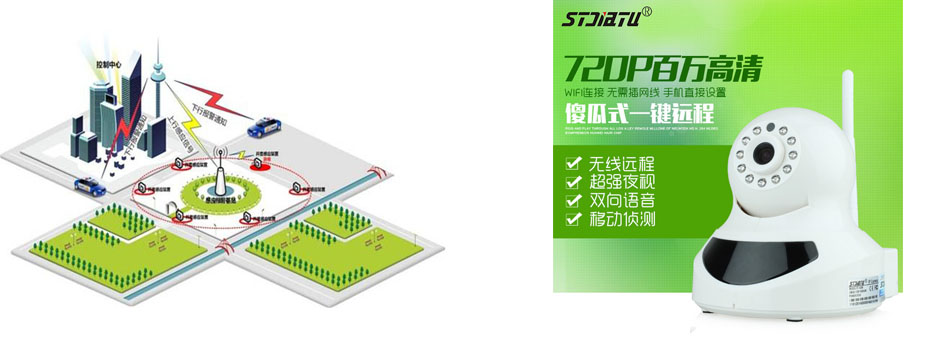家電智能化經(jīng)常提到“軟件定義產(chǎn)品”,軟件和硬件的區(qū)別是可以通過(guò)數(shù)據(jù),實(shí)現(xiàn)家電的協(xié)同工作—集成。因此智能家電由于軟件的存在,集成增加了數(shù)字化集成的維度,可以分為數(shù)字集成和物理集成。
The intelligence of household appliances often refers to "software defines products". The difference between software and hardware is that the collaborative work integration of household appliances can be realized through data. Therefore, due to the existence of software, the integration of smart appliances increases the dimension of digital integration, which can be divided into digital integration and physical integration.
數(shù)字集成,也分為單一的數(shù)字集成,以及在數(shù)字重新組合物理產(chǎn)品的聯(lián)動(dòng)集成。單一的數(shù)字集成就是不涉及單一產(chǎn)品的結(jié)構(gòu)的變更,只是通過(guò)數(shù)字的驅(qū)動(dòng),設(shè)備協(xié)同工作;數(shù)字重新組合物理產(chǎn)品的聯(lián)動(dòng)集成,典型的如華為的鴻蒙系統(tǒng),將智能家電原子化處理,然后組建超級(jí)終端,不涉及到智能家電物理位置的變化。
Digital integration is also divided into single digital integration and linkage integration of physical products in digital recombination. A single digital integration does not involve the change of the structure of a single product, but only through digital driving and equipment cooperation; The linkage integration of digital recombined physical products, such as Huawei's Hongmeng system, atomizes smart appliances, and then establishes a super terminal, which does not involve the change of the physical location of smart appliances.

